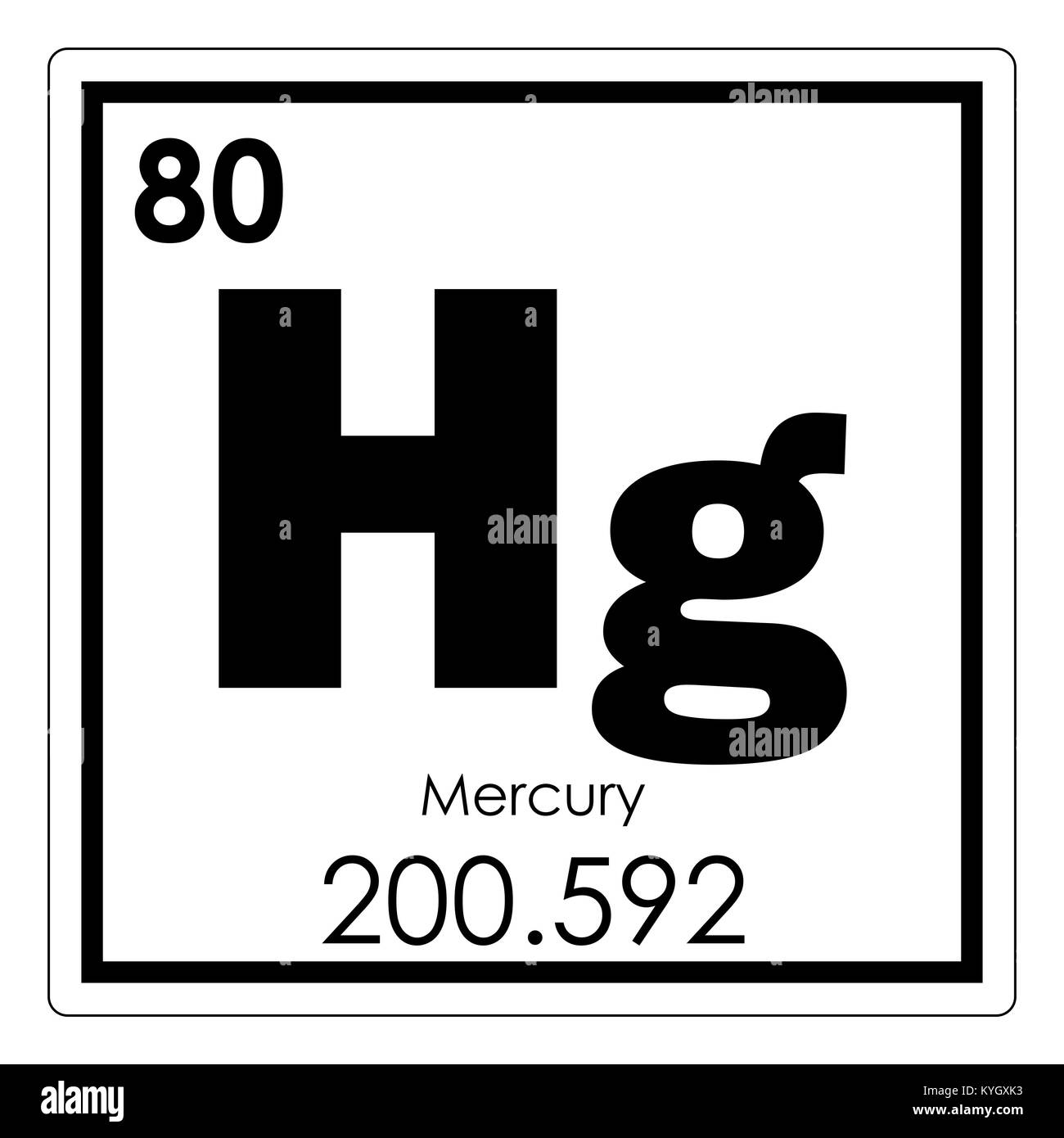

It was used in the form of pills, calomel, ointments and steam baths. Mercury was the primary means of treatment for syphilis until the early 20th century.Alchemists used to believe that mercury could be turned into gold when combined with other metals.Cinnabar or vermillion was used by Paleolithic painters to decorate caves in Spain and France 30,000 years ago, according to the Royal Society of Chemistry.

Another example is mercurous chloride (Hg 2Cl 2), also known as calomel – an antiseptic used to kill bacteria, according to the Jefferson Lab.Mercuric sulfide (HgS) is used to make a red paint pigment called vermilion, and mercuric oxide (HgO) is used to make mercury batteries. Other common mercury compounds include mercuric chloride (HgCl 2) - a highly poisonous salt and that was once used as a wound disinfectant. "So the term 'mad as a hatter' actually comes from exposure to mercury." "And they discovered that a large percentage of the people who were working with those chemicals ended up suffering from brain damage," he said. In the 18th century people used the mercury nitrate compound to clean the pelts before they turned them into hats. "Mercury was actually used in the making of hats from animal pelts," King said. Interestingly, one of such compounds - mercury nitrate - played a role in the coining of the term "mad as a hatter." Mercury also forms compounds with other elements. When mercury comes into contact with gold, the gold dissolves into the mercury and then the two are separated, with the mercury being distilled off. Through those amalgams, mercury can be used to extract gold from rocks. Mercury can form alloys with gold, silver, zinc and cadmium, which are called amalgams. The metal is condensed and washed with nitric acid to purify it, and then distilled. Mercury vapor escapes from the ores and sulfur dioxide is removed, according to CNR. To extract pure mercury, the ore is ground up and heated to the temperature of about 1,076 degrees F (580 degrees Celsius) with oxygen present in the process. Mercury is typically found in the form of its common ore cinnabar - mercury sulfite - and can rarely be found on its own.



 0 kommentar(er)
0 kommentar(er)
